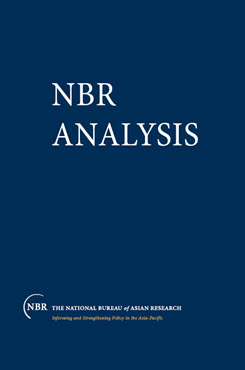Where is Japan Headed?
Implications for the Alliance
What is the meaning of the current upheaval in Japanese politics? Does the end of nearly four decades of one-party rule portend major structural reforms in the Japanese economy and government? Will Japan as a result of this turmoil become more open and responsive trading partner of the United States? Does this signify a fundamental change in Japanese national purpose and the emergence of a more activist international role for the country? In short, where is Japan headed?
In the summer of 1993, the Japanese political world experienced a stunning upheaval. The administration of Prime Minister Kiichi Miyazawa, in the wake of major scandals that angered the Japanese voting public, failed to deliver on his promise of political reform legislation. As a consequence, groups of Diet members from Miyazawa’s Liberal Democratic Party (LDP) announced their intention to bolt the party. On June 18 the Diet passed a no-confidence motion and one month later, on July 18, voters gave the LDP 223 seats in the lower house of the 511-seat Diet, a fifty-two-seat loss. For the first time since its founding in 1955 the LDP lacked a majority necessary to form a government. Instead, a coalition of seven parties formed a new government headed by a reformist prime minister committed to sweeping changes in Japan’s politics.
What is the meaning of the current upheaval in Japanese politics? Does the end of nearly four decades of one-party rule portend major structural reforms in the Japanese economy and government? Will Japan as a result of this turmoil become more open and responsive trading partner of the United States? Does this signify a fundamental change in Japanese national purpose and the emergence of a more activist international role for the country? In short, where is Japan headed?


